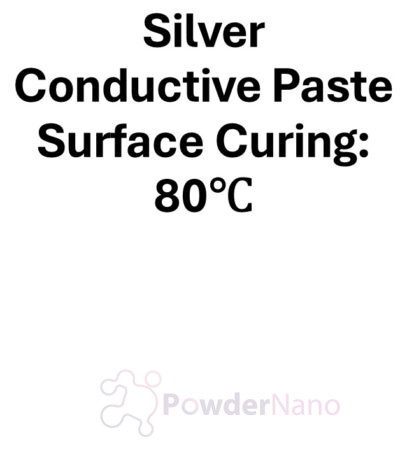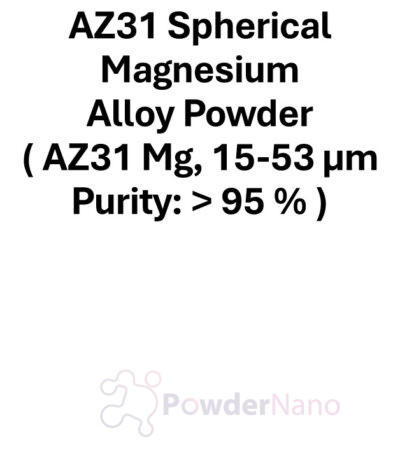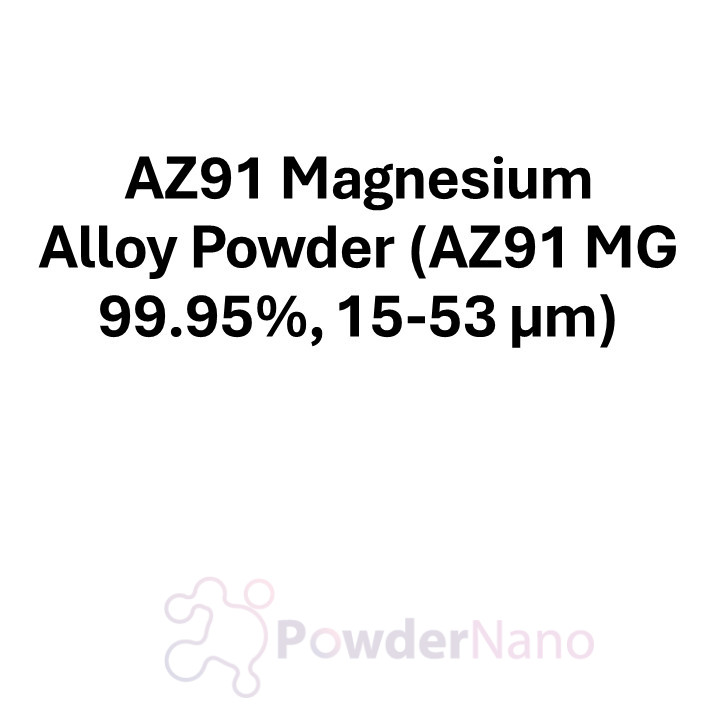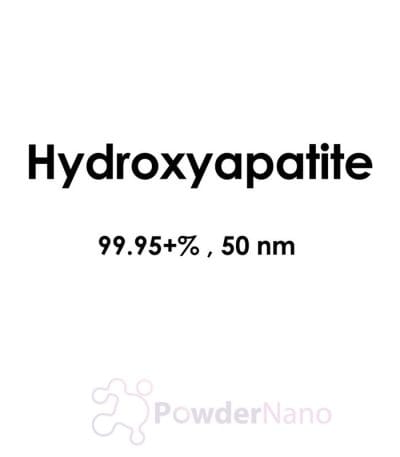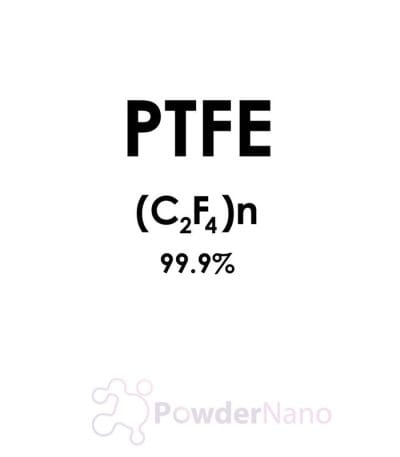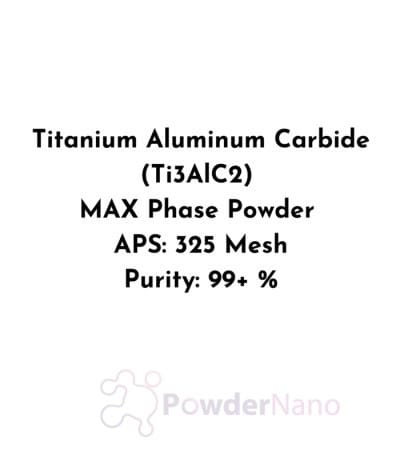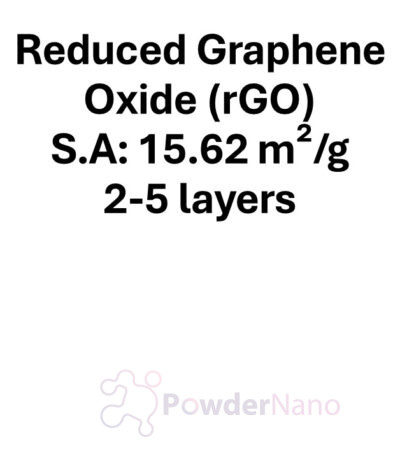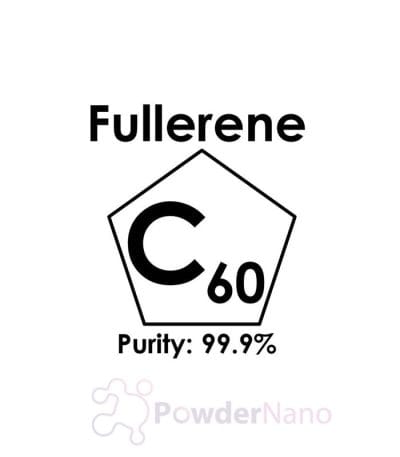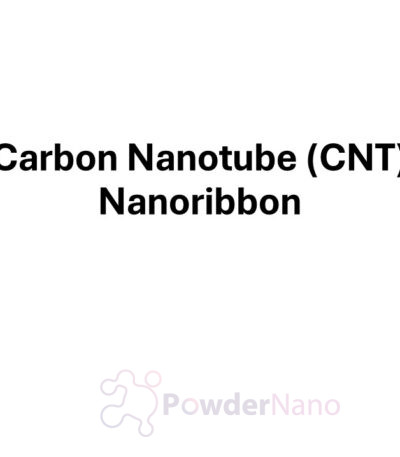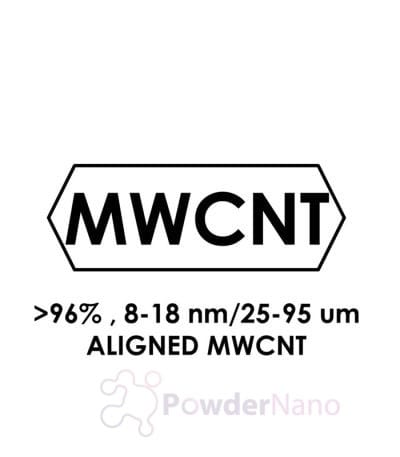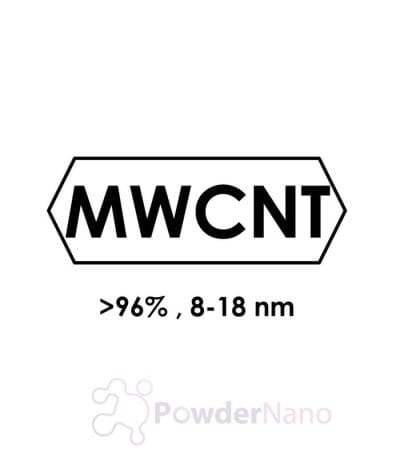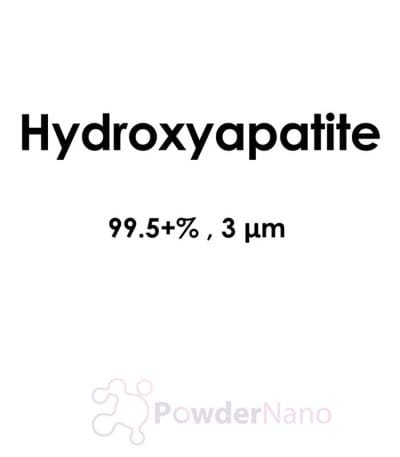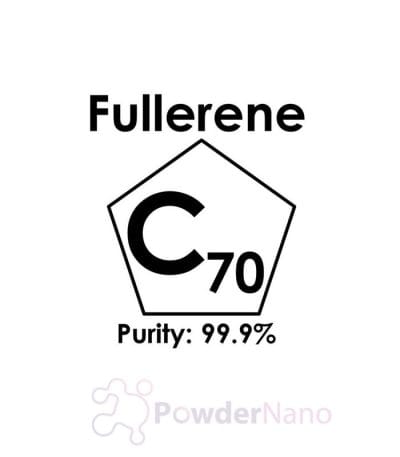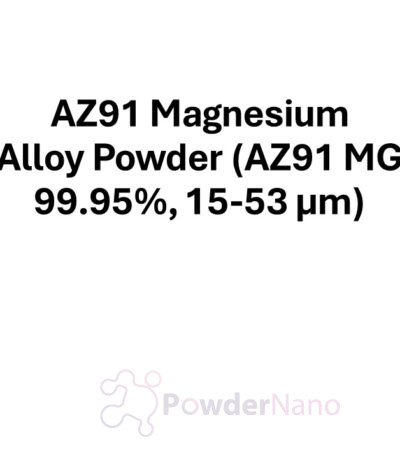Technical Specifications of AZ91 Magnesium Alloy Powder
Chemical Composition:
- Magnesium (Mg): Balance (~90%)
- Aluminum (Al): 8.3–9.7%
- Zinc (Zn): 0.45–0.9%
- Manganese (Mn): 0.17–0.5%
- Silicon (Si): ≤ 0.05%
- Iron (Fe): ≤ 0.005%
- Copper (Cu): ≤ 0.025%
- Nickel (Ni): ≤ 0.002%
- Other elements (each): ≤ 0.02%
- Total impurities: ≤ 0.3%
Physical Properties:
- Purity: 99.95%
- Particle Size: 15-53 μm (microns)
- Density: ~1.81 g/cm³
- Melting Point: ~595–620°C
- Morphology: Spherical or irregular, depending on the production method (e.g., gas atomization)
- Color: Light gray metallic
- Thermal Conductivity: ~72 W/m·K
- Electrical Conductivity: ~20-30% IACS (compared to copper)
Mechanical Properties (Bulk AZ91 Alloy):
- Tensile Strength: 150–230 MPa
- Yield Strength: 100–160 MPa
- Hardness: ~63-80 HV
- Elongation: 1-3%
- Corrosion Resistance: Improved compared to pure Mg due to Al content
Production Method:
- Gas atomization
- Plasma rotating electrode process (PREP)
- Mechanical milling
Applications of AZ91 Magnesium Alloy Powder
Additive Manufacturing (AM) & 3D Printing:
- Used in Selective Laser Melting (SLM) and Electron Beam Melting (EBM)
- Produces lightweight and high-strength Mg parts for aerospace and biomedical applications
Powder Metallurgy (PM):
- Used in hot pressing, sintering, and compaction to create structural components with lightweight and corrosion-resistant properties
Automotive & Aerospace Components:
- Ideal for lightweight structural parts, reducing overall vehicle weight and improving fuel efficiency
- Applications in aircraft brackets, drones, and aerospace panels
Medical & Biodegradable Implants:
- Biocompatible and biodegradable, making it useful for temporary orthopedic implants (bone screws, plates, and stents)
- Reduces the need for surgical removal after healing
Coating and Surface Modification:
- Used in thermal spraying and cold spraying to create wear-resistant and corrosion-resistant coatings on lightweight substrates
Battery and Energy Storage:
- Investigated for use in magnesium-ion batteries due to its lightweight and electrochemical properties
Electronic and Defense Applications:
- Used in lightweight electronic casings and military-grade materials requiring high strength-to-weight ratios
Hydrogen Storage:
- Magnesium-based powders, including AZ91, are researched for use in hydrogen storage materials due to Mg’s ability to absorb hydrogen
